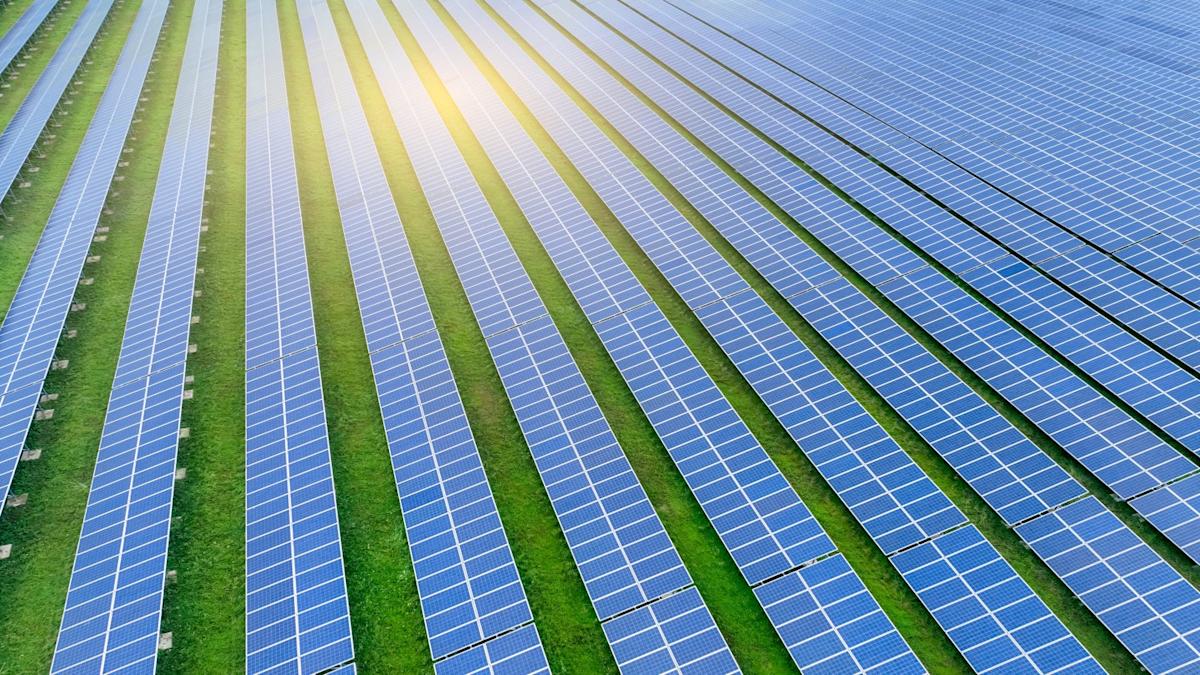Green Energy Breakthrough: Cypress Creek Launches $150M Solar Venture with Ostrea Project

Exciting progress is underway for the solar facility, which is poised to reach full commercial operation by the middle of 2026. The project is moving steadily forward, promising to deliver clean, renewable energy to the region and marking a significant milestone in sustainable power generation. Developers are confident in the timeline, with key infrastructure and technological components aligning to support the ambitious launch date. This solar installation represents a forward-thinking approach to meeting growing energy demands while reducing carbon footprint and supporting environmental sustainability.
